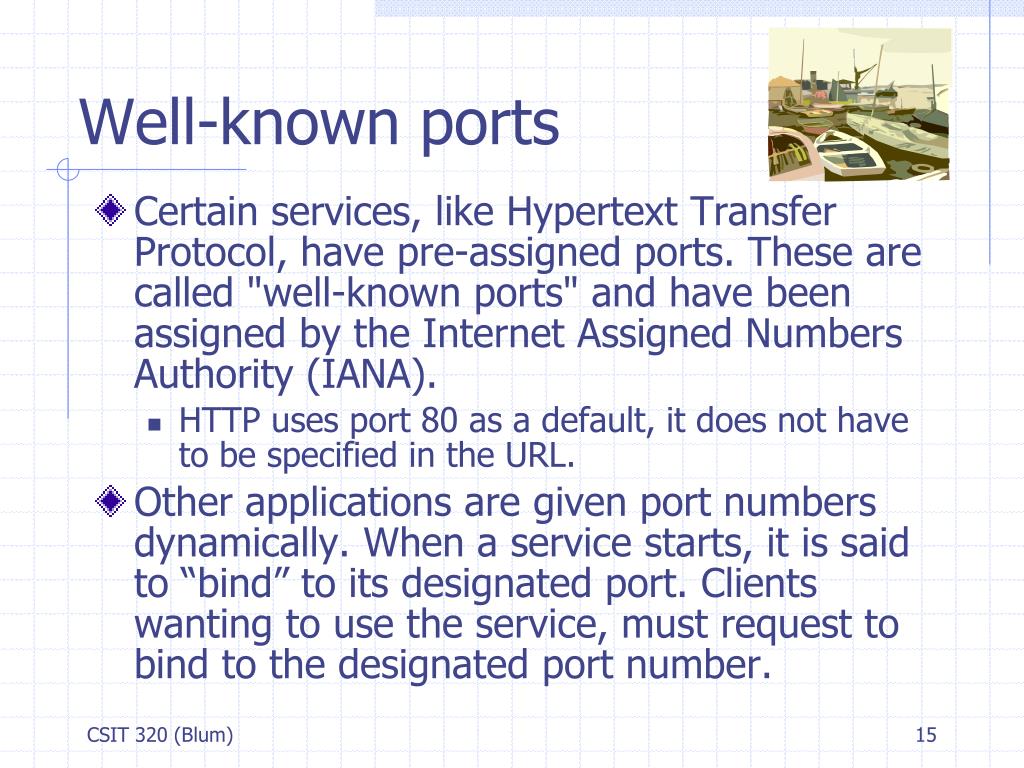

This post can also be used to determine which ports and protocols are required for domain controller infrastructure communication in a segmented network. Additionally, you will learn about how AWS Systems Manager Session Manager port forwarding helps provide a secure and simple way to manage your domain resources remotely, without the need to open inbound ports and maintain RDGW hosts.Īdministrators can use this blog post as guidance to design Active Directory on Amazon Elastic Compute Cloud (Amazon EC2) domain controllers. I’ll also show you a best practice that implements a remote desktop gateway solution to access your domain controllers securely while using the minimum required ports.
#EPHEMERAL PORTS AWS HOW TO#
In this blog post, I’ll provide guidance on how to securely extend your existing Active Directory domain to AWS and optimize your infrastructure for maximum performance. When you migrate these applications to the cloud, having a locally accessible Active Directory domain controller is an important factor in achieving fast, reliable, and secure Active Directory authentication. In this scenario, existing applications require Active Directory for authentication and identity management.
#EPHEMERAL PORTS AWS WINDOWS#
If you have an on-premises Windows Server Active Directory infrastructure, it’s important to plan carefully how to extend it into Amazon Web Services (AWS) when you’re migrating or implementing cloud-based applications. You also see the task in the registered targets for the following ephemeral port ranges: 49153–6558–61000.August 10, 2022: This blog post has been updated to reflect the new name of AWS Single Sign-On (SSO) – AWS IAM Identity Center. If dynamic port mapping is set up correctly, then you see the registered targets in the target group and the assigned port for the task. From the Targets tab, you can see what port is used for the task in the service that you created. Choose the hyperlinked name for your target group.
#EPHEMERAL PORTS AWS UPDATE#
If you update the service task definition, then the container name and container port specified at service creation must remain in the task definition. You can't add, remove, or change the load balancer configuration of an existing service.

After service creation, you can't change the target group's Amazon Resource Name (ARN), container name, or the container port specified in the service definition. Important: You can add a load balancer only during the creation of the service.

Note: For more information about ephemeral port ranges, see PortMapping. The security group and network access control list (network ACL) must allow traffic from the load balancer to the instances over the ephemeral port range.


 0 kommentar(er)
0 kommentar(er)
